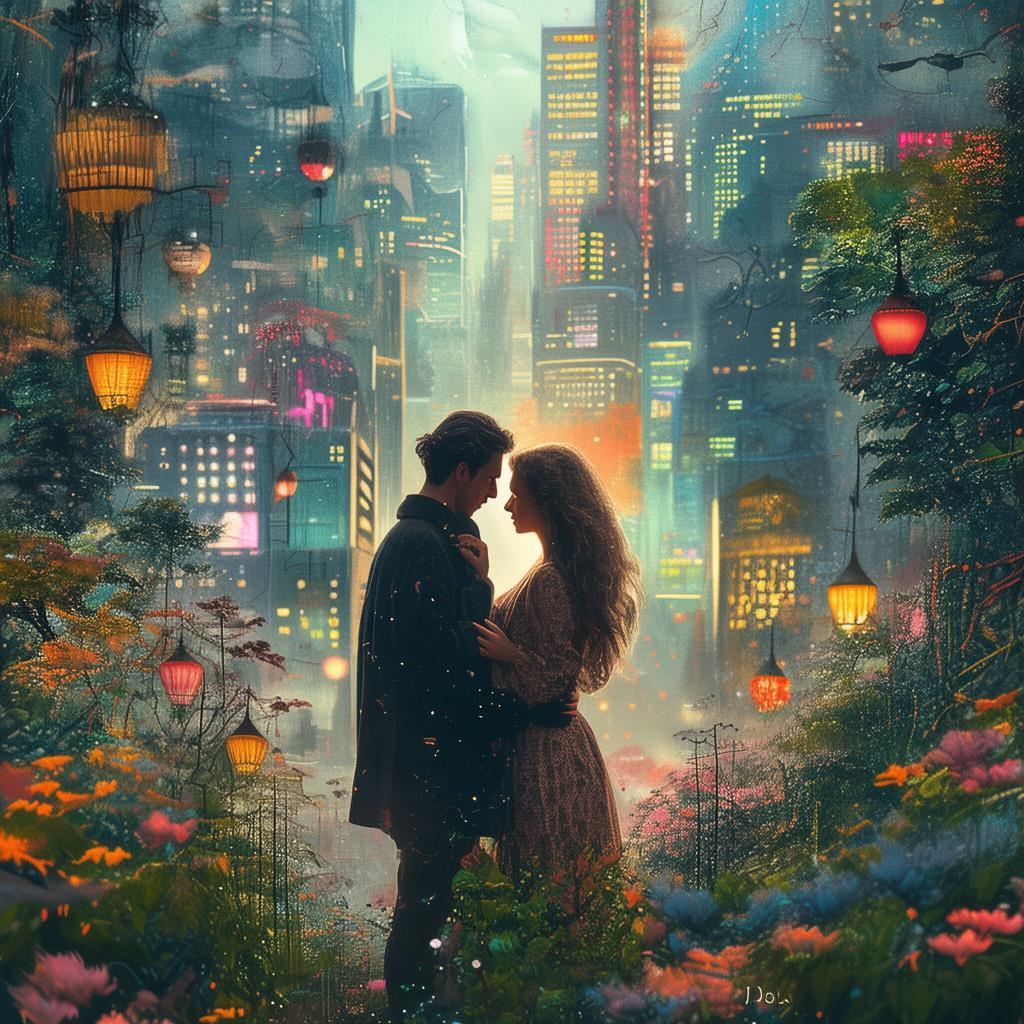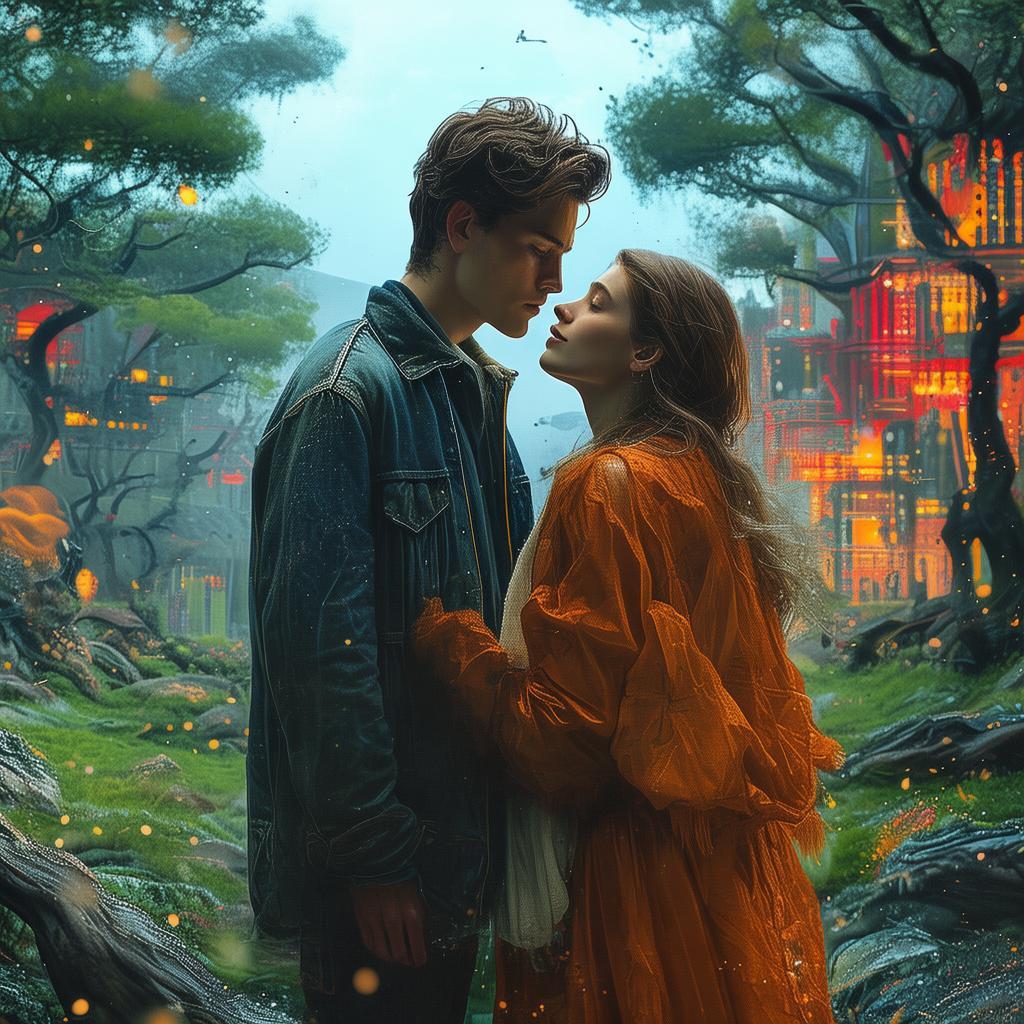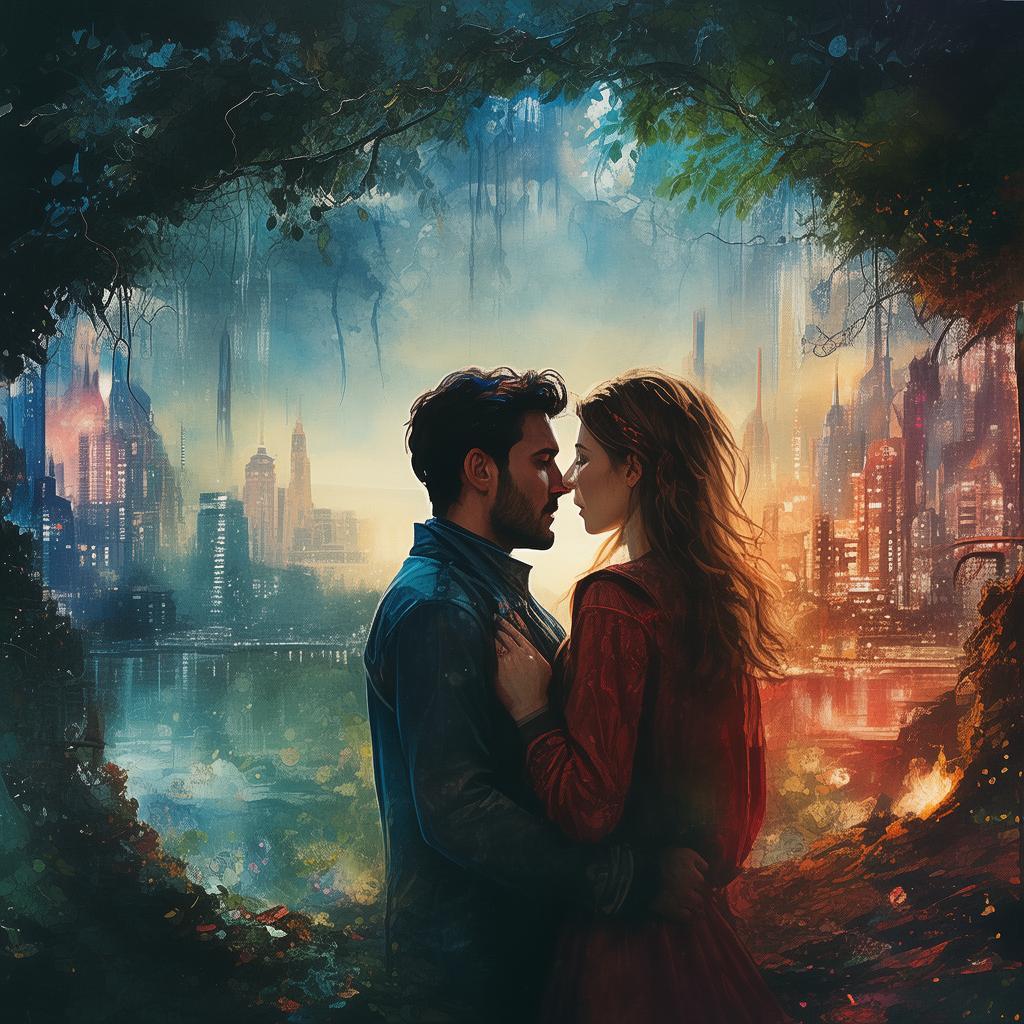The Lament of the Last Brushstroke
In the heart of the Joseon Dynasty, where the art of painting was a blend of devotion and mysticism, there lived a young artisan named Hee-jin. Her brush danced with life, painting landscapes and portraits that seemed to breathe with the very essence of nature and humanity. Hee-jin's talent was unparalleled, but her heart was a canvas marred by the absence of love.
Hee-jin worked in the royal palace, her every stroke a testament to her skill, yet her soul longed for something more. The king, a patron of the arts, had taken a particular interest in her work, and with that interest came a proposition: to become his personal artist, to capture the essence of his rule in her brush. Hee-jin, caught in the web of her own desires, agreed, not knowing that this decision would intertwine her destiny with a man whose life was as shrouded in mystery as his art.
The man was Young-ha, the court's most reclusive painter, known only by the moniker "The Shadow." His work was a marvel, each painting a story told in silence, yet no one knew his true identity. Young-ha was the mastermind behind the king's favorite artworks, and his presence was as elusive as his art. It was said that he could paint with his eyes closed, his fingers moving with a life of their own.
As Hee-jin and Young-ha's paths crossed, a silent dance of attraction began to unfold. Their love was a secret, hidden behind the walls of the palace and the layers of their own identities. They spoke in whispers, their words painted on the walls of their hearts, a forbidden love that could never be.
But Young-ha's true identity was a web of lies, a man burdened by a past he could not escape. He was not the artist he pretends to be, but a former courtier who had been banished for a crime he did not commit. His art was a form of rebellion, a way to tell the truth without speaking a word. And now, caught in the royal court's intricate web of power and deceit, he was a pawn in a game he could not win.
The king, sensing the growing affection between Hee-jin and Young-ha, became suspicious. He saw in Young-ha the rival he could not openly challenge and in Hee-jin the artist he could no longer control. A plot was hatched to separate them, to use Hee-jin's skill to paint the king's vision, leaving Young-ha behind.
The night of the king's birthday, Hee-jin was summoned to the royal chambers. There, she discovered that the portrait she had been asked to paint was not of the king, but of a man she had never seen before. The king revealed that he had seen the truth in her eyes, the love she bore for Young-ha, and he intended to use her to bring down the man he believed to be his greatest threat.
Hee-jin's heart broke as she realized the treachery that lay before her. She had been promised freedom, but instead, she found herself in a trap. She could paint the portrait, and in doing so, she would betray the man she loved, or she could resist, and face the consequences.
In a moment of clarity, Hee-jin chose love over the throne. She painted the portrait, not of the king or the man he had described, but of the love she and Young-ha shared. Her brush moved with a newfound strength, her strokes flowing with the passion of her heart.
Young-ha, feeling the weight of betrayal, sought to escape the palace. Hee-jin, realizing the truth, chased after him, her heart pounding with a love that defied all odds. As they reached the threshold of freedom, the king's guards confronted them, their weapons drawn.

In a final act of defiance, Young-ha challenged the king to a duel, to prove his innocence. The court watched in awe, as the two painters faced off, their movements a dance of life and death. The duel was intense, a battle of wills and artistry, and it ended with Young-ha's victory.
The king, humbled by the outcome, granted Young-ha his freedom. Hee-jin and Young-ha, now united by their shared love and their common fight for truth, escaped the palace, their love as strong as the bonds of their art.
As they wandered through the countryside, the king's portrait, painted by Hee-jin's hand, became a symbol of their love's resilience. It told a story of a kingdom where art and love could overcome even the deepest betrayals, a testament to the power of the human spirit.
And so, in the quiet of the night, under the watchful eyes of the stars, they found their love, a love that had been painted on their hearts and now danced freely in the world.
✨ Original Statement ✨
All articles published on this website (including but not limited to text, images, videos, and other content) are original or authorized for reposting and are protected by relevant laws. Without the explicit written permission of this website, no individual or organization may copy, modify, repost, or use the content for commercial purposes.
If you need to quote or cooperate, please contact this site for authorization. We reserve the right to pursue legal responsibility for any unauthorized use.
Hereby declared.









